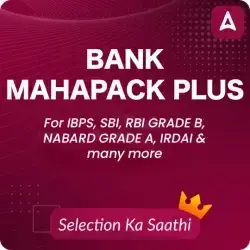The IBPS PO Exam 2025 is one of the most competitive banking exams in India, testing candidates on various aptitude topics across reasoning, quantitative ability, and English. Among the topics in the Reasoning Ability section, Blood Relations is one of the most scoring yet often confusing areas for aspirants. Understanding how to solve Blood Relation questions with speed and accuracy can significantly boost your overall performance in the reasoning section.
Blood Relations for IBPS PO Exam 2025
Blood Relations may appear tricky at first, but with regular practice and a structured approach, it becomes one of the easiest scoring areas in the IBPS PO Reasoning section. As the IBPS PO 2025 exam approaches, ensure this topic is part of your regular practice schedule. Work on mock tests, attempt sectional quizzes, and revise relationships frequently. A strong grasp of this topic can not only save time during the exam but also help you clear the overall cutoff with ease.
Blood Relation Questions
Blood Relation questions are logical puzzles that involve figuring out relationships between family members based on a given set of clues. These can range from direct relationships (e.g., “father of”) to more complex ones involving multiple generations and indirect connections.
“A is the brother of B. B is the sister of C. How is A related to C?”
These questions assess your ability to interpret relationships, draw logical inferences, and decode family structures quickly.
Types of Blood Relation Questions in IBPS PO
Here are the most common types of Blood Relation questions asked in the IBPS PO exam:
Direct Statements: In these, the relationships are mentioned clearly. Example: “P is the mother of Q. Q is the father of R. How is P related to R?”
Puzzles Based on Conversations: These questions are framed as conversations or dialogues. Example: “Pointing to a woman, Raj said, ‘She is the daughter of my grandfather’s only son.’ How is the woman related to Raj?”
Coded Relationships: Instead of regular words, symbols or codes are used to represent relationships. Example: A + B means A is the mother of B, A – B means A is the brother of B, and so on.
Mixed Family Tree Problems: These are more complex and involve a combination of relationships across multiple generations. These often appear in puzzle format with 4–5 accompanying questions.
Puzzle-Based Blood Relation Question
Puzzle-based blood relation questions combine the concept of family relationships with logical puzzle patterns. These questions often involve multiple people, generational levels, and mixed relationships, like siblings, in-laws, and grandparents. The goal is to piece together a family tree using given statements, and then answer questions based on the inferred structure.
Coded Blood Relation Questions
Coded blood relation questions use symbols or letters to denote relationships. Instead of direct language, relationships are expressed in mathematical or symbolic code. These questions are designed to test your decoding ability.
Example:
If A + B means A is the brother of B,
A – B means A is the sister of B,
A × B means A is the father of B,
A ÷ B means A is the mother of B.
How to Approach Blood Relation Questions
Use Diagrams or Family Trees: The easiest way to solve these questions is by drawing diagrams. Use simple symbols to denote male (M), female (F), and relationships (↑ for parent, ↓ for child, ↔ for siblings).
Break the Statement into Parts: For long or nested statements, divide the sentence into smaller parts and decode one relationship at a time.
Understand Gender Clues Carefully: Sometimes, gender is not explicitly mentioned. Avoid assumptions unless a specific relationship confirms the gender.
Use Elimination in MCQs: If you’re unsure of the answer, eliminate the obviously wrong options to improve your chances of guessing correctly.
Practice Symbol-Based Questions Regularly: For coded relations, memorising the meaning of each symbol is key. Repeated practice helps you read them naturally.
Commonly Used Blood Relations in Questions
Here’s a quick reference to frequently used family relationships:
| Relation | Common Terms Used |
| Father’s/Mother’s Father | Grandfather |
| Father’s/Mother’s Brother | Uncle |
| Sister’s Son/Daughter | Nephew/Niece |
| Husband’s/Wife’s Sister | Sister-in-law |
| Brother’s Wife | Sister-in-law |
| Son’s Wife | Daughter-in-law |
| Wife’s Brother | Brother-in-law |
Tips to Score Well in Blood Relation Questions
Practice daily: Consistent exposure to varied question types builds speed.
Learn standard family structures: This helps in faster visualisation.
Focus on language: Words like “only,” “either,” “neither,” and “grand” can change the entire meaning.
Time yourself: You should be able to solve each question in under 1 minute.
Solve previous year papers: IBPS PO papers often repeat logic types, so going through them helps identify patterns.
Blood Relation Questions for IBPS PO
Directions (1-3): Study the information carefully and answer the questions given below.
There are eight members in a family consisting of three generation and equal number of males and females. D does not belong to the youngest generation. F is father-in-law of J’s daughter. J is married to the daughter of N. M is maternal grandfather of B who is son-in-law of C. A is the daughter of C.
Q1. How is B related to C?
(a) son
(b) daughter
(c) son-in-law
(d) mother
(e) none of these
Q2. How is N related to A?
(a) father
(b) mother
(c) grandfather
(d) grandmother
(e) aunt
Q3. How many members are in the youngest generation?
(a) Two
(b) One
(c) Three
(d) Four
(e) None of these
Directions (4-5): Study the given information carefully and answer the given questions.
H has only two children-B and C. B is the sister of C. D is the son of C. E is the brother of D. F is the mother of E. G who is sister of D, is the granddaughter of A who is the mother of B.
Q4. How is A related to E?
(a) Grandmother
(b) Son
(c) Mother
(d) Cousin Brother
(e) None of these
Q5. How is G related to A’s daughter-in-law?
(a) Sister
(b)Mother
(c) Son
(d) Daughter
(e) None of these
Directions (6-8): In the following questions, the symbols &, @, * , $, % and © are used with the following meanings as illustrated below. Study the following information and answer the given questions:
P@Q- P is the child of Q
P©Q- P is the parent of Q
P%Q- P is father-in-law of Q
P&Q- P is brother-in-law of Q
P$Q- P is brother of Q
P*Q- P is wife of Q
Q6. If the expression ‘A@D©B$E*G’ is true, then how G is related to D?
(a) Father-in-law
(b) Brother
(c) Son
(d) Son-in-law
(e) Cannot be determined
Q7. If the expression ‘L*M&T@R*S©L’ is true, then which of the following is true?
(a) L is son of R
(b) R is mother-in-law of M
(c) T is daughter of S
(d) S is mother-in-law of M
(e) None is true
Q8. If the expression ‘K$N©T@O%M©U’ is true, the which of the following is not true? (O has only one daughter).
(a) U is grandchild of O
(b) K is uncle of T
(c) M is mother of U
(d) N is grandmother of U
(e) All are true
Directions (9-10): Each of these questions is based on the following information:
(i) A % B means A is the daughter of B.
(ii) A @ B means A is the mother of B.
(iii) A $ B means A is the father of B.
(iv) A * B means A is the son of B.
(v) A © B means A is brother of B
Q9. If the expression ‘D@E*K©L%O’ is true, then which of the following statement is true?
(a) O is grandmother of E
(b) L is uncle of E
(c) D is son-in-law of O
(d) E is granddaughter of O
(e) None is true
Q10. If the expression ‘L%N$T@U©X*Z’ then who among the following is son-in-law of N?
(a) T
(b) Z
(c) U
(d) X
(e) None of these
| Answers | ||||
| 01 | 02 | 03 | 04 | 05 |
| c | d | a | a | d |
| 06 | 07 | 08 | 09 | 10 |
| d | b | c | e | b |
Solution 01-03

Solution 04-05
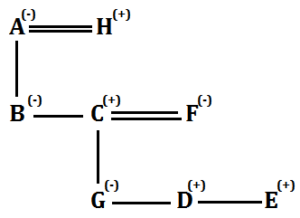
Solution 06:
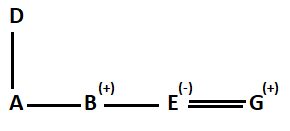
Solution 07
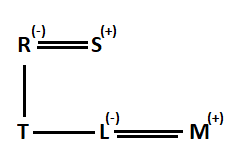
Solution 08
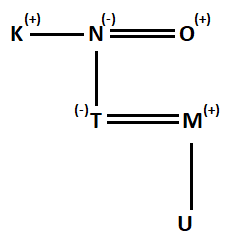
Solution 09:
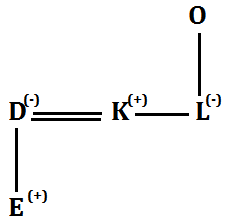
Solution 10
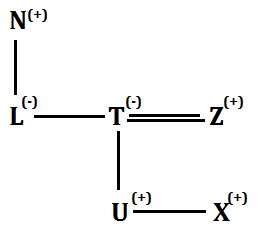

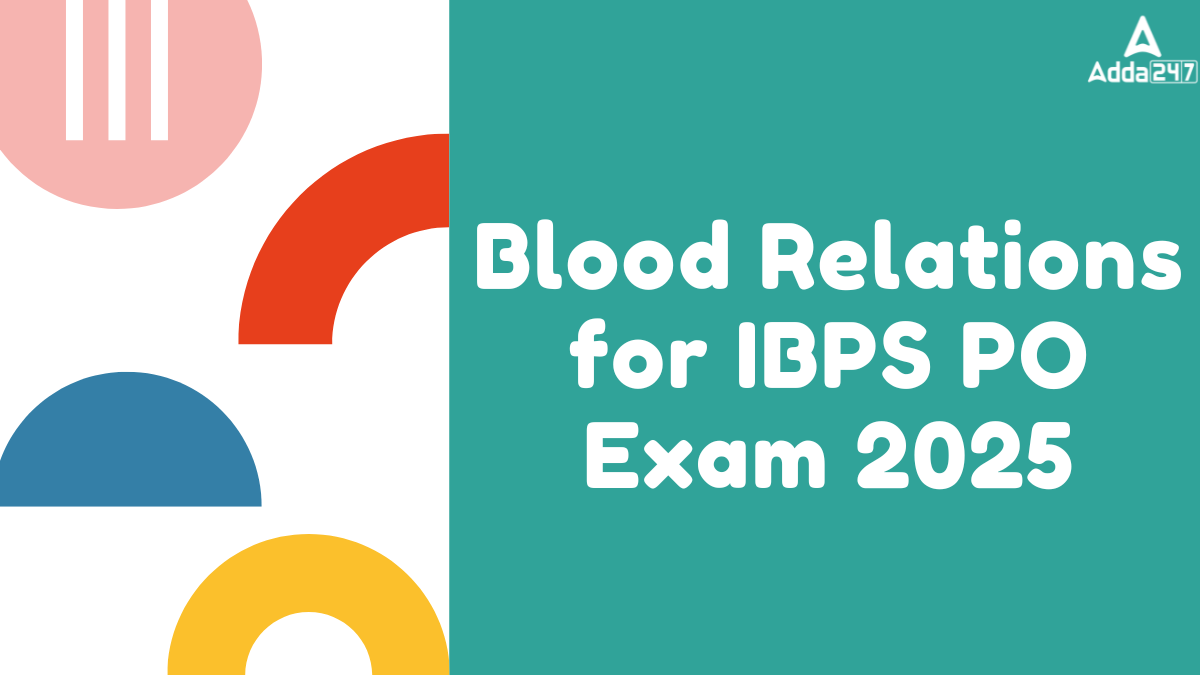


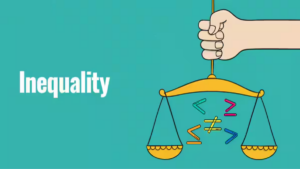 Inequality Tricks for Beginners, Easy Me...
Inequality Tricks for Beginners, Easy Me...
 Reasoning Questions for SBI Clerk Mains ...
Reasoning Questions for SBI Clerk Mains ...
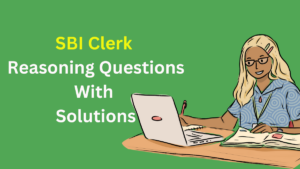 500+ Reasoning Questions PDF for SBI Cle...
500+ Reasoning Questions PDF for SBI Cle...

